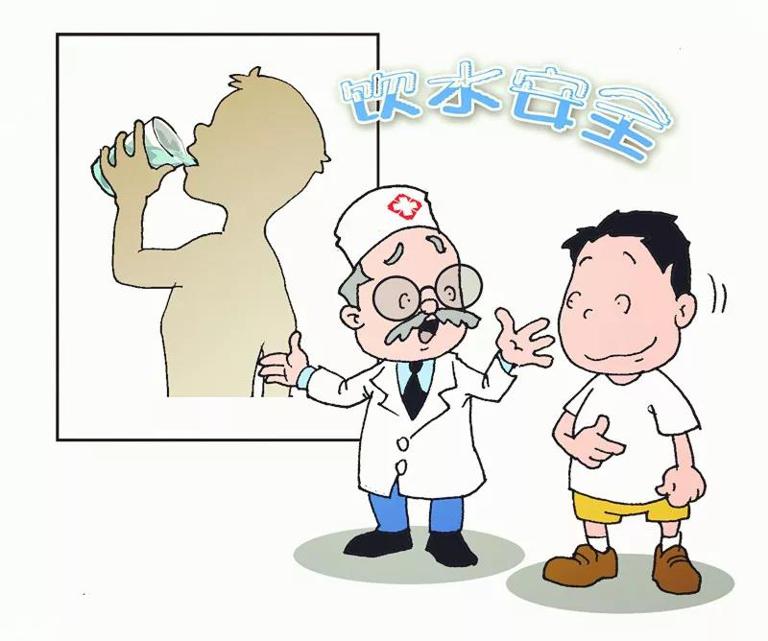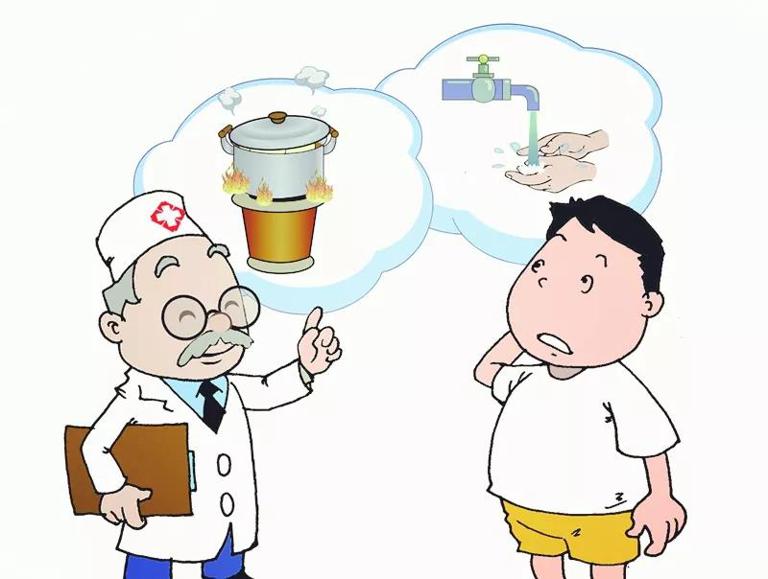After being evacuated and saved from the disaster area, the first thing to do is to solve the difficulty of eating and wearing. While addressing the basic necessities of life, we should also be clearly aware that we need to prevent epidemics after disasters.
After the flood, we should go to the health and epidemic prevention department to seek the rescue; at the same time, we can also go to the fixed medical points set up in the centralized settlement area of the victims to obtain medicines for the prevention and treatment of diseases.
When a flood occurs, polluted water source can easily cause an epidemic. Therefore, the drinking water should be disinfected with bleach, and if possible, filter by water purifier and use bottled water and water must be boiled before drinking. Timely cleaning your own living environment can also effectively prevent the occurrence of disease.
After a flood
Restore your home to good order as soon as possible to protect your health and prevent further damage to the house and its contents.
Re-entering your home
Do not return home unless the authorities suggest that it is safe to do so.
If the main power switch was not turned off before the flood, do not re-enter your home until the qualified electrician has determined it is safe to do so.
Use extreme caution when returning to your home after a flood
Appliances that may have been flooded pose a risk of shock or fire when turned on. Do not use any appliances, heating, pressure, or sewage systems until electrical components have been thoroughly cleaned, dried, and inspected by a qualified electrician.
The main electrical panel must be cleaned, dried, and tested by a qualified electrician to ensure that it is safe.
Depending on where you live, your municipal or the provincial inspection authority is responsible for the permitting process required before your electric utility can reconnect power to your home.
Ensure building safety
Make sure the building is structurally safe.
Look for buckled walls or floors.
Watch for holes in the floor, broken glass and other potentially dangerous debris.
Water
Flood water can be heavily polluted by sewage and other pollutants. It can cause sickness and infections.
If you pass colour, odour or taste, you suspect that your drinking water has been contaminated, don't drink it.
Household items that have been flood-damaged will have to be discarded in accordance with local regulations.

Cleanup
Maintain good hygiene during flood cleanup. Minimize contact with floodwater or anything that may have been in contact with it. Keep children away from contaminated areas during cleanup operations.
Water
Remove water from your flooded home slowly. Drain it in stages - about one third of the volume daily - because if the ground is still saturated and water is removed too quickly, the walls or the floor could buckle.
Use pumps or pails to remove standing water, then a wet/dry shop vacuum to mop up the rest.
For instructions on how to disinfect and restore wells and cisterns, contact your local or provincial health authorities or emergency management organization.

Heating and appliances
Do not heat your home to more than 4°C (about 40°F) until all of the water is removed.
If you use pumps or heaters powered by gasoline, kerosene or propane, buy and install a carbon monoxide sensor. Combustion devices can produce large amounts of lethal carbon monoxide if they're not tuned-up or are improperly ventilated.
Do not use flooded appliances, electrical outlets, switch boxes or fuse-breaker panels until they have been checked by your local utility.
Whether you use a wood, gas or electrical heating system, have it thoroughly inspected by a qualified technician before using it again. Replace the furnace blower motor, switches and controls if they have been soaked.
Flooded forced-air heating ducts and return-duct pans should be either cleaned or replaced.
Replace filters and insulation inside furnaces, water heaters, refrigerators and freezers if they have been wet. However, it is often cheaper to replace this equipment.
Structures
Ventilate or dehumidify the house until it is completely dry.
Rinse and then clean all floors as quickly as possible.
Replace flooring that has been deeply penetrated by flood water or sewage.
Clean all interior wall and floor cavities with a solution of water and unscented detergent.
Carpets and furniture
Carpets must be dried within the first two days. For large areas, hire a qualified professional to do the job. Carpets soaked with sewage must be discarded immediately.
Remove residual mud and soil from furniture, appliances, etc.
If items are just damp, let the mud dry and then brush it off.
To test if material is dry, tape clear food wrap to the surface of the item. If the covered section turns darker than the surrounding material, it is still damp. Dry until this no longer occurs.
For upholstered furniture you should consult a professional to see what can be salvaged. In the meantime, remove cushions and dry separately. Do not remove upholstery. Raise furniture on blocks and place fans underneath.
Wooden furniture: Remove drawers and open doors. Do not dry quickly or splitting may occur.
Food and medicine
All undamaged canned goods must be thoroughly washed and disinfected.
Dispose of all medicines, cosmetics and other toiletries that have been exposed to flood water.
Dispose of any of the following food items if they have been exposed to flood water:
Contents of freezer or refrigerator, including all meats and all fresh fruit and vegetables
Comment list ( 0 )
